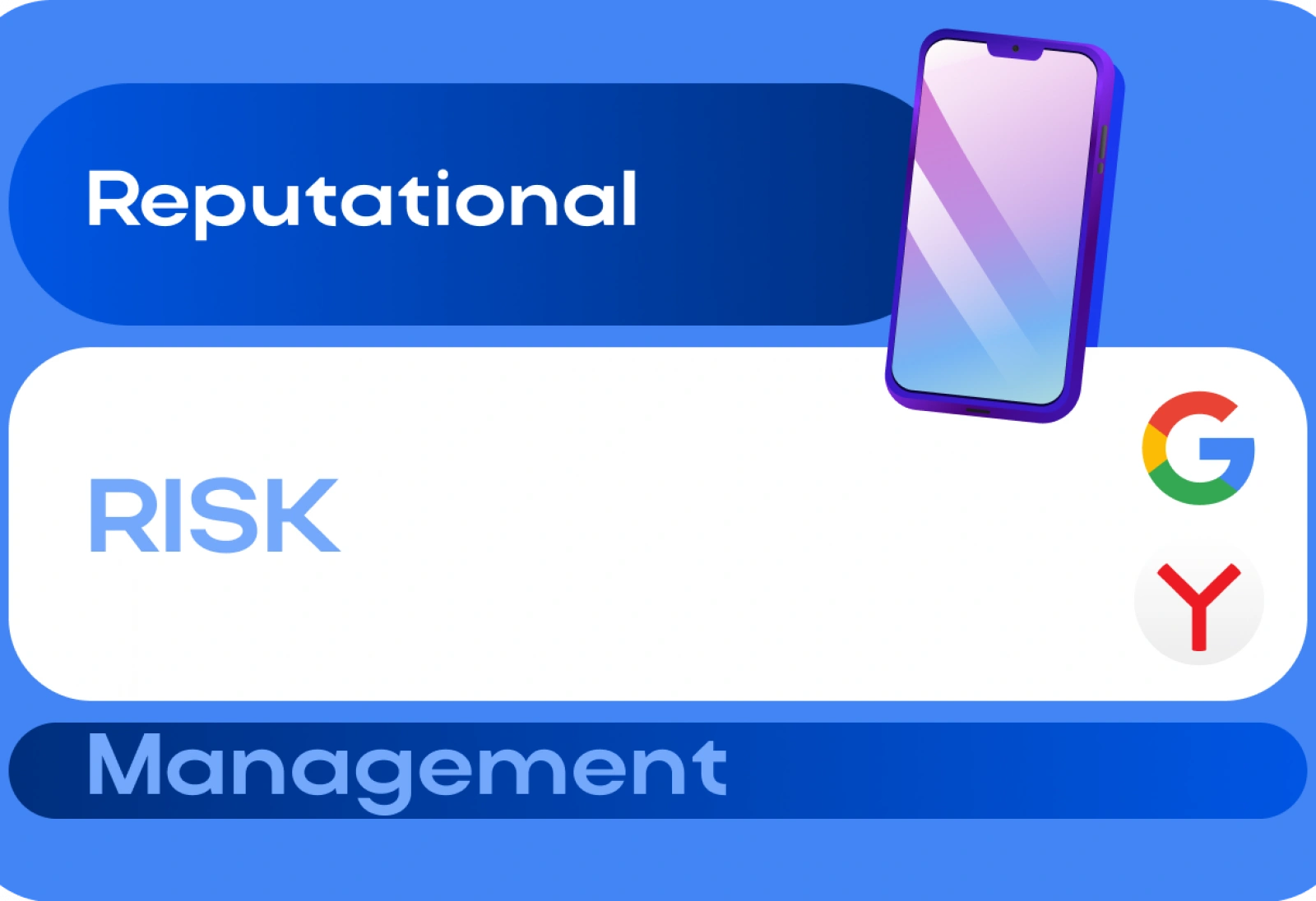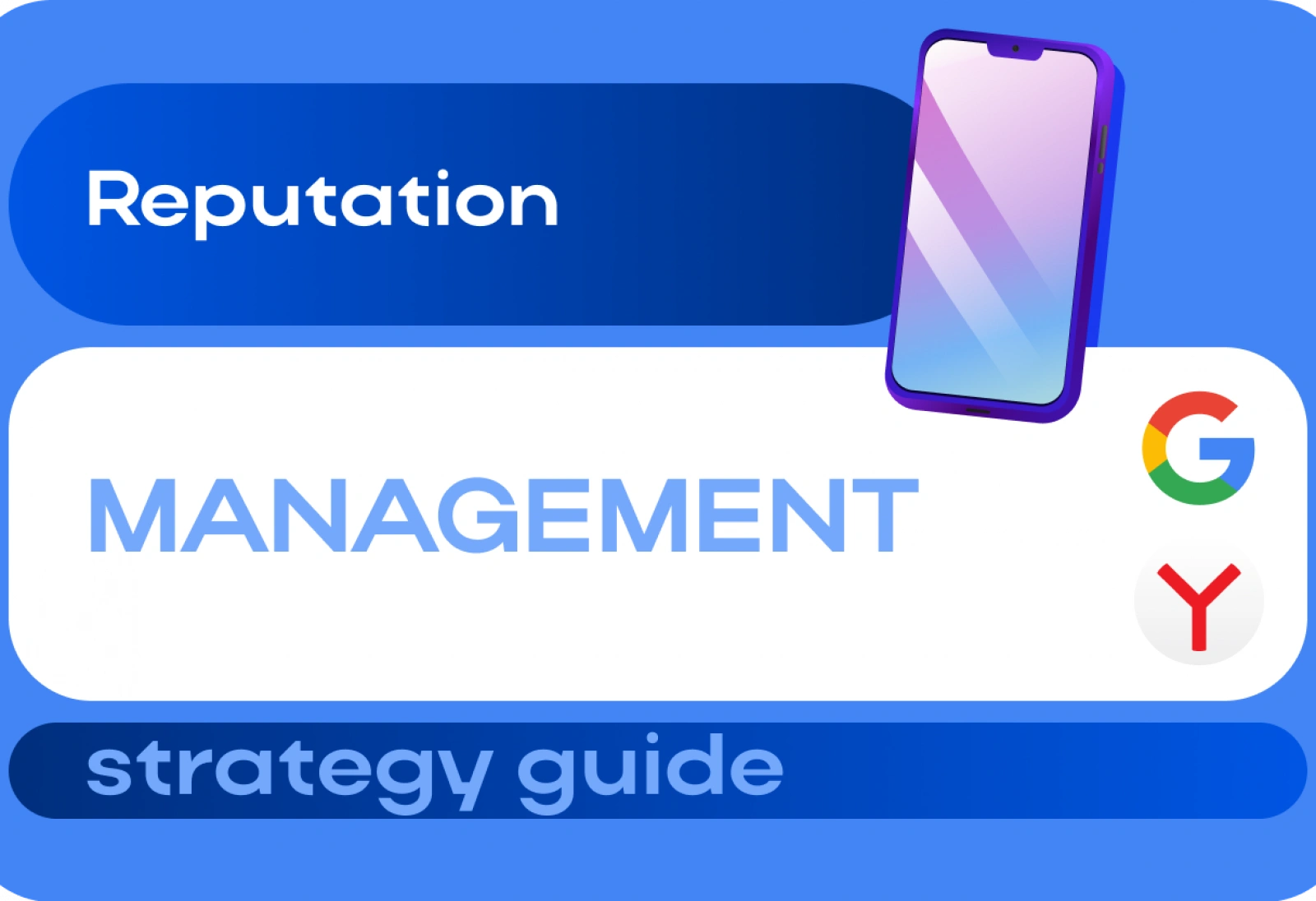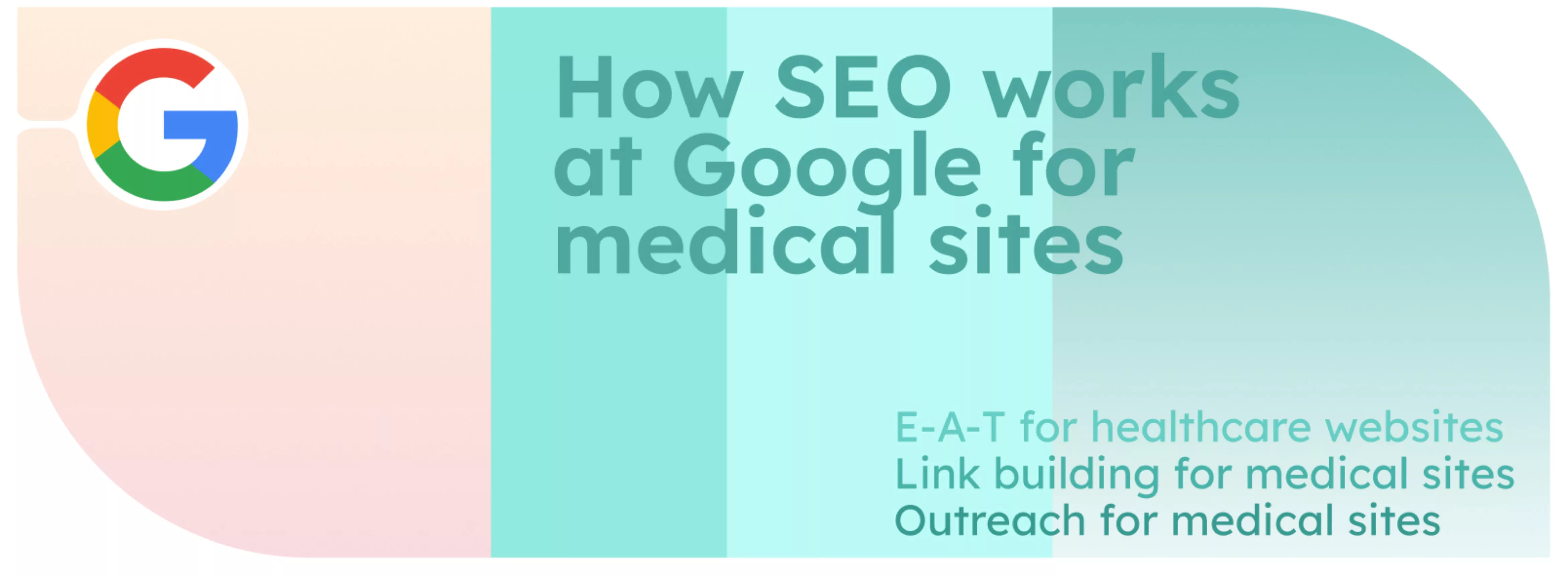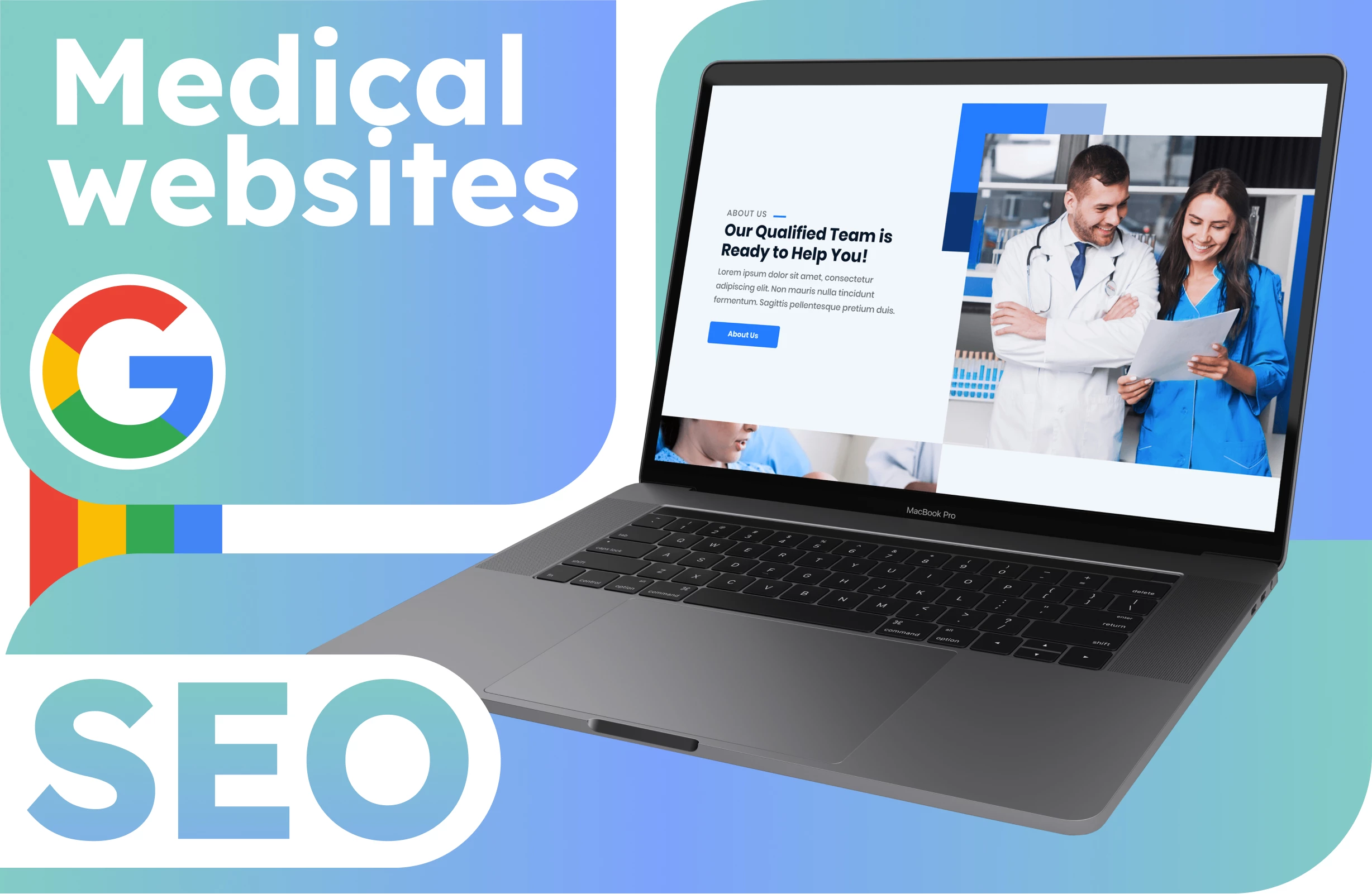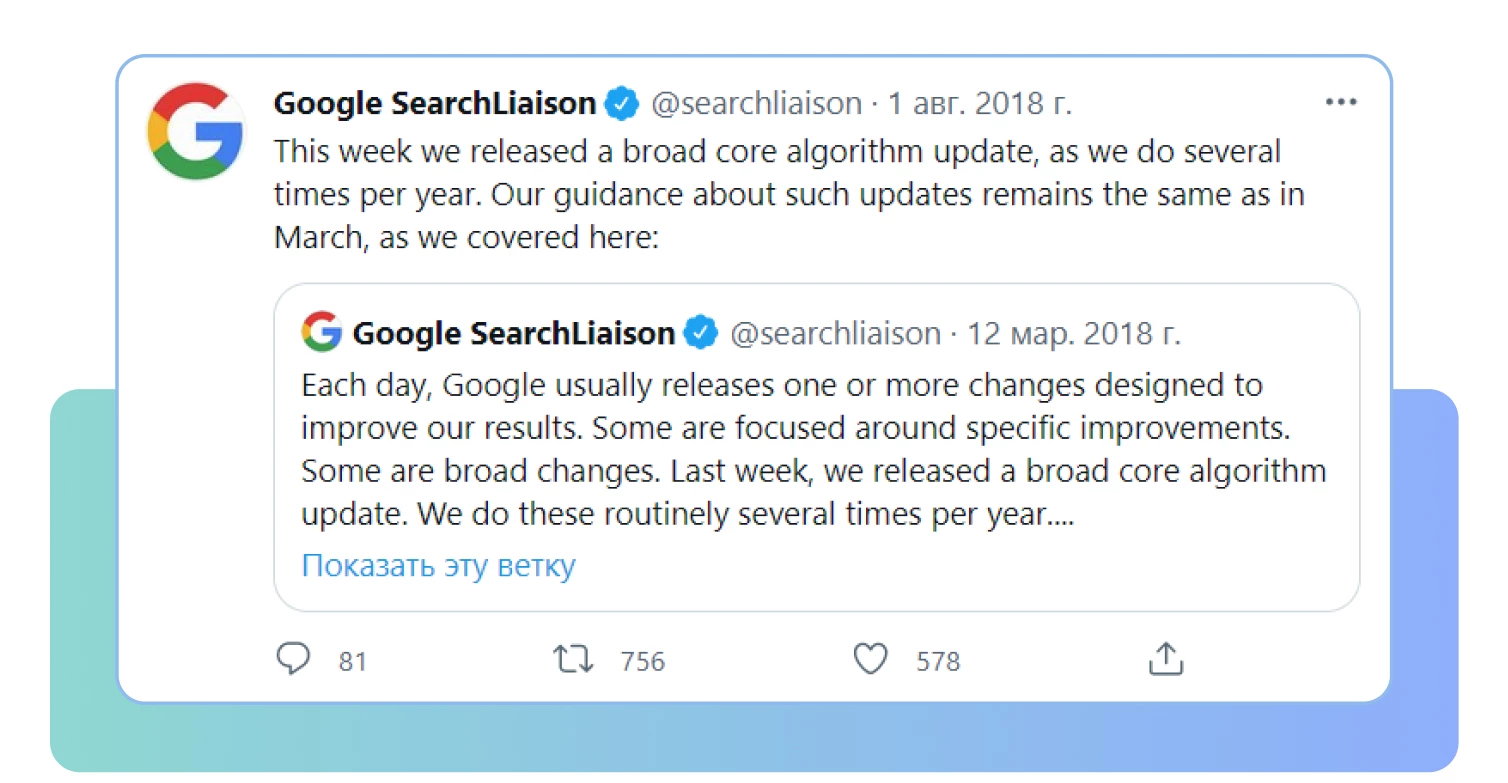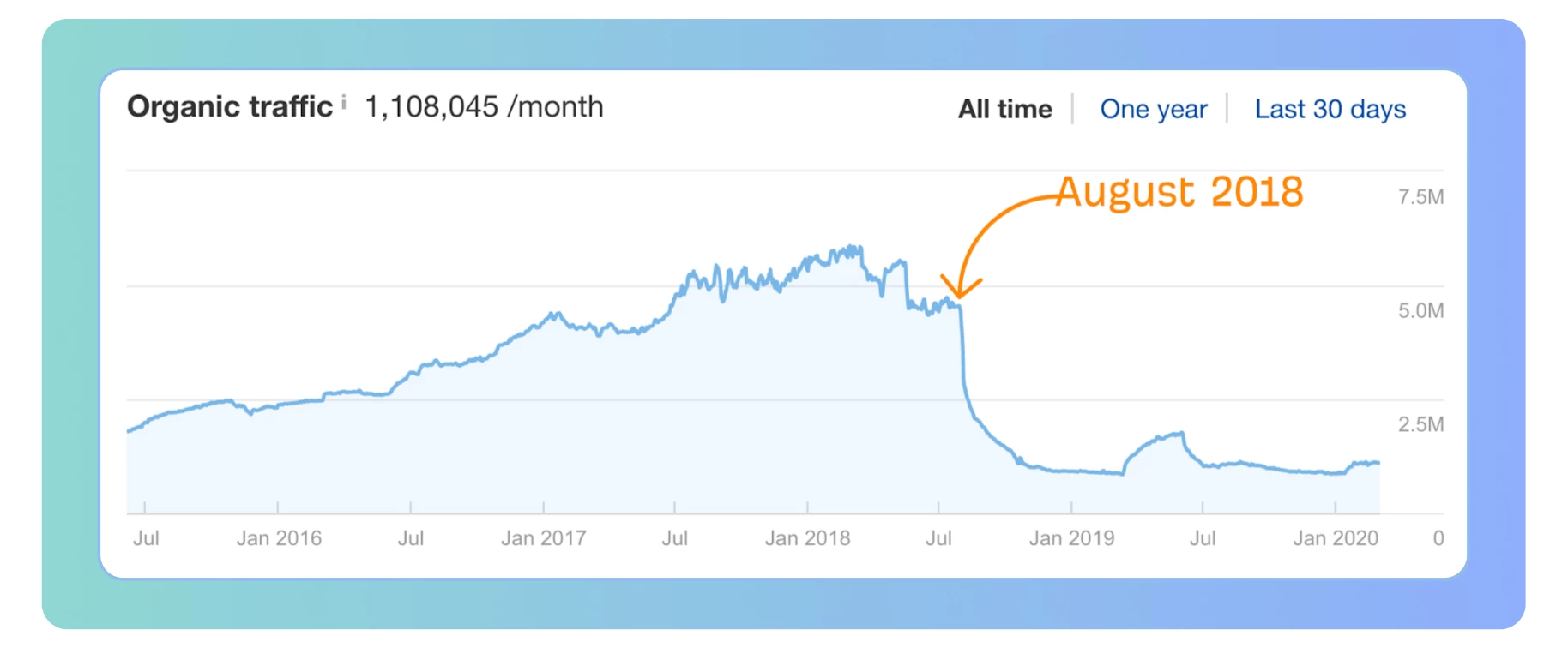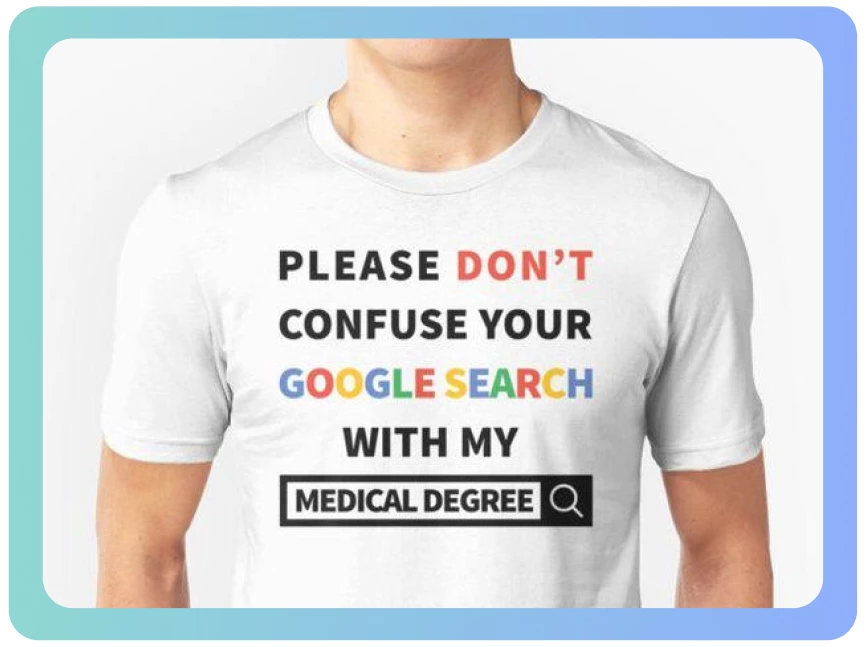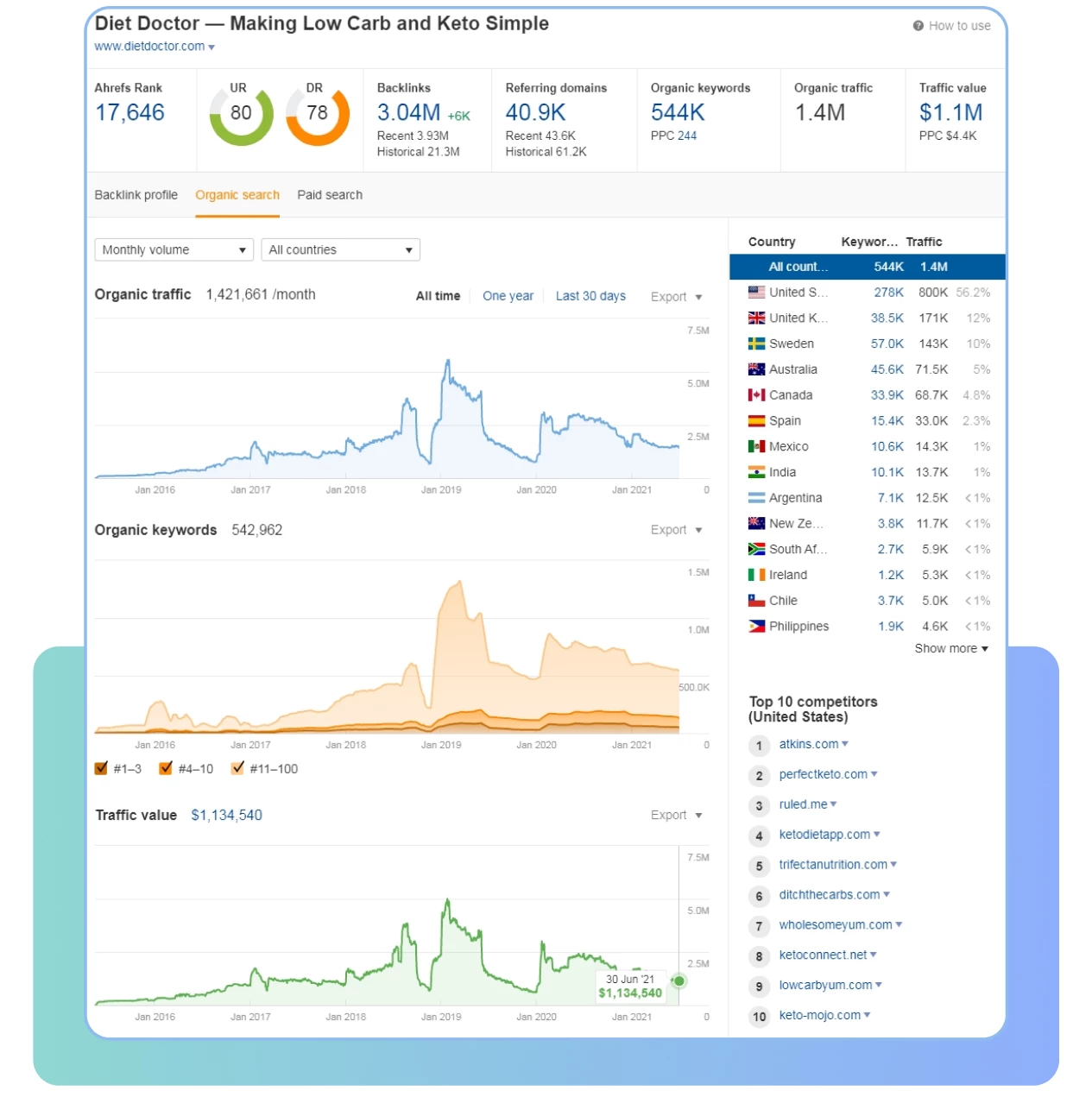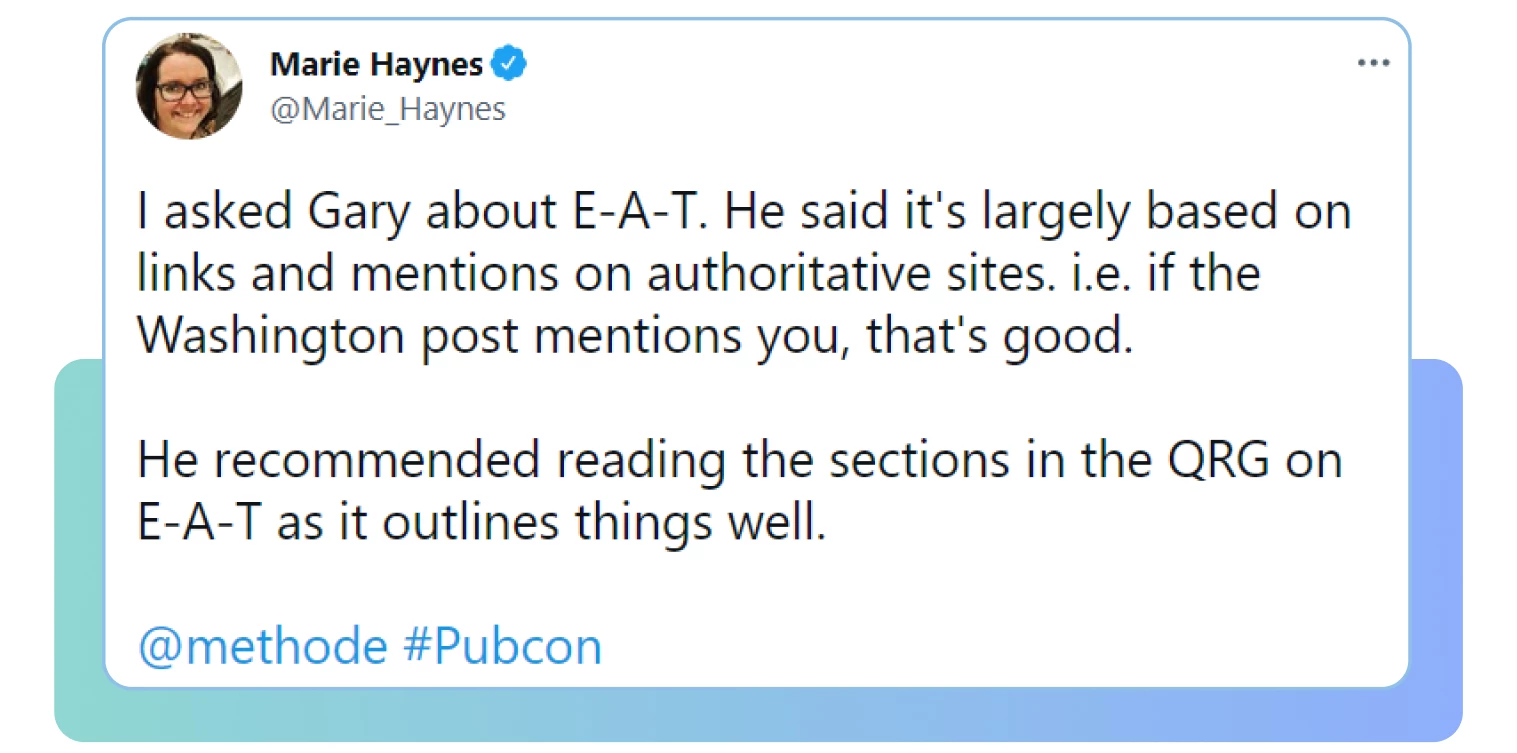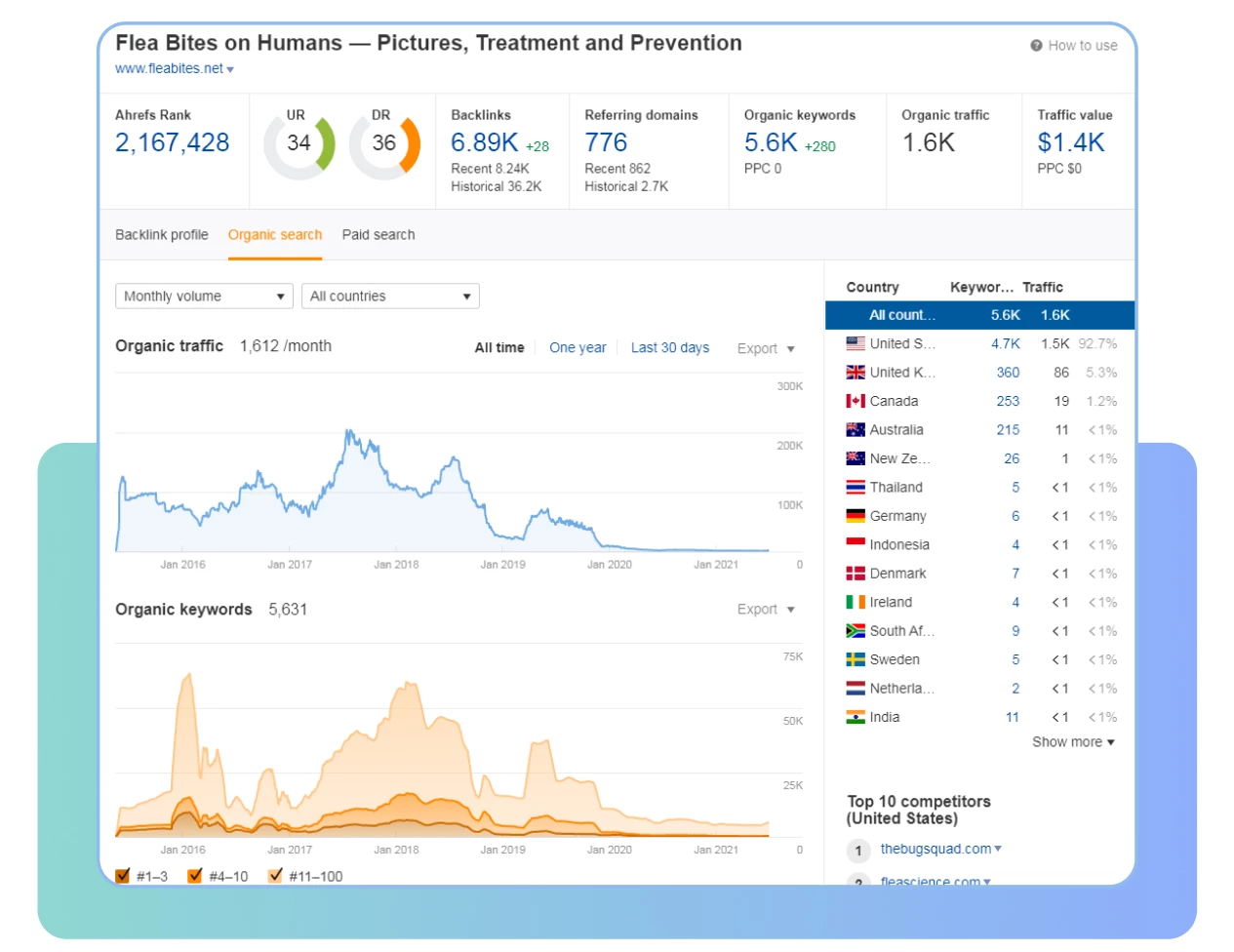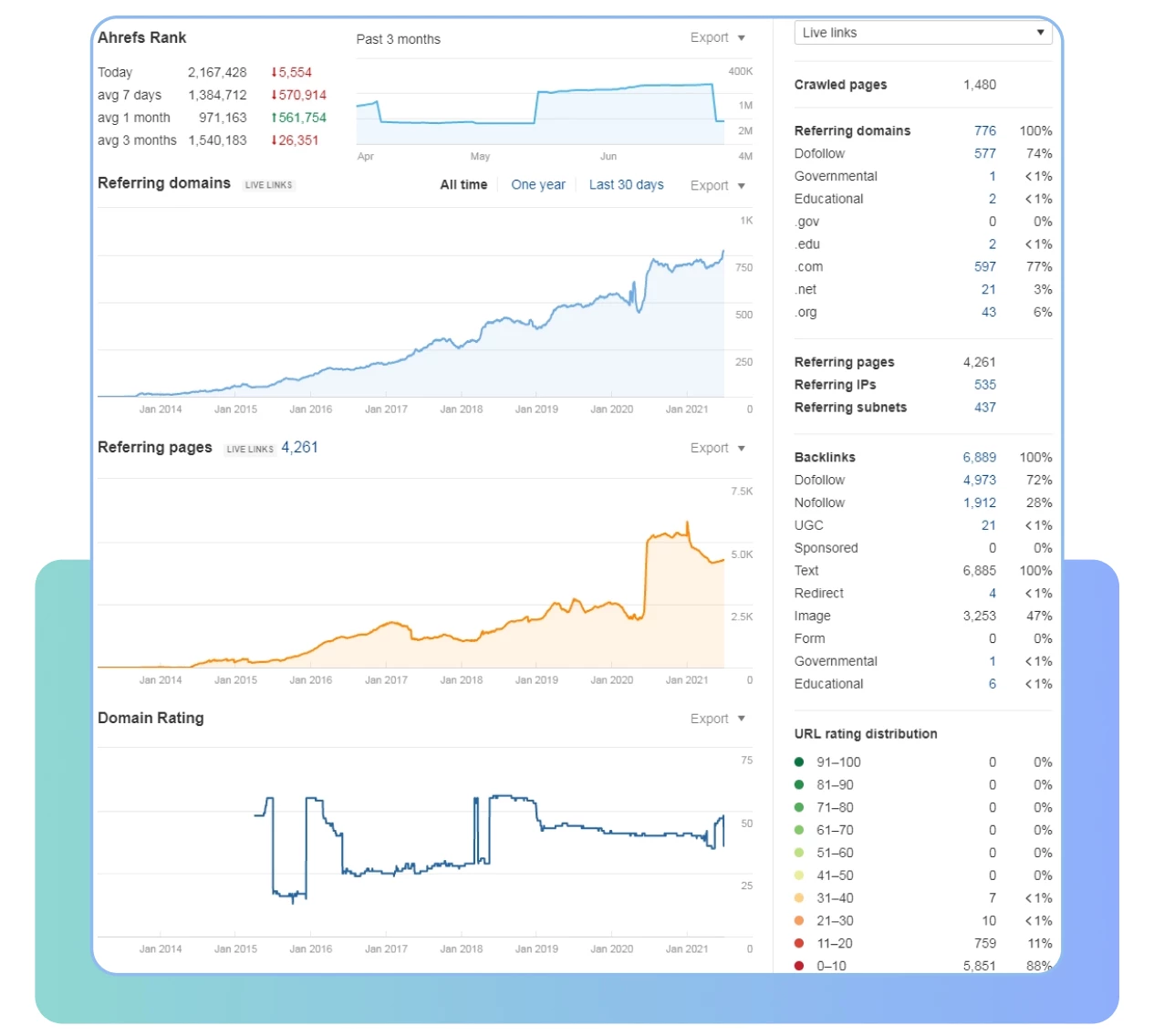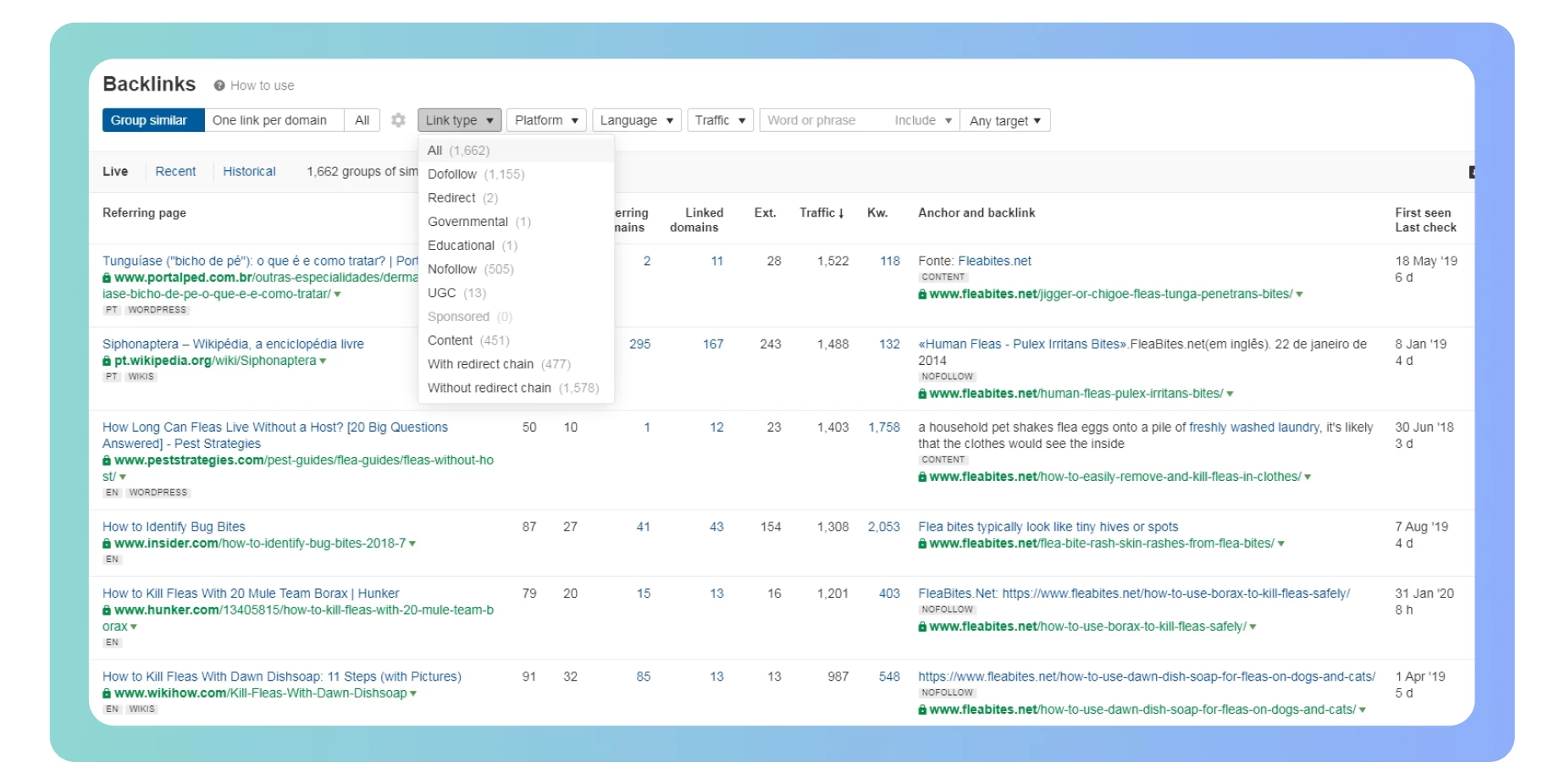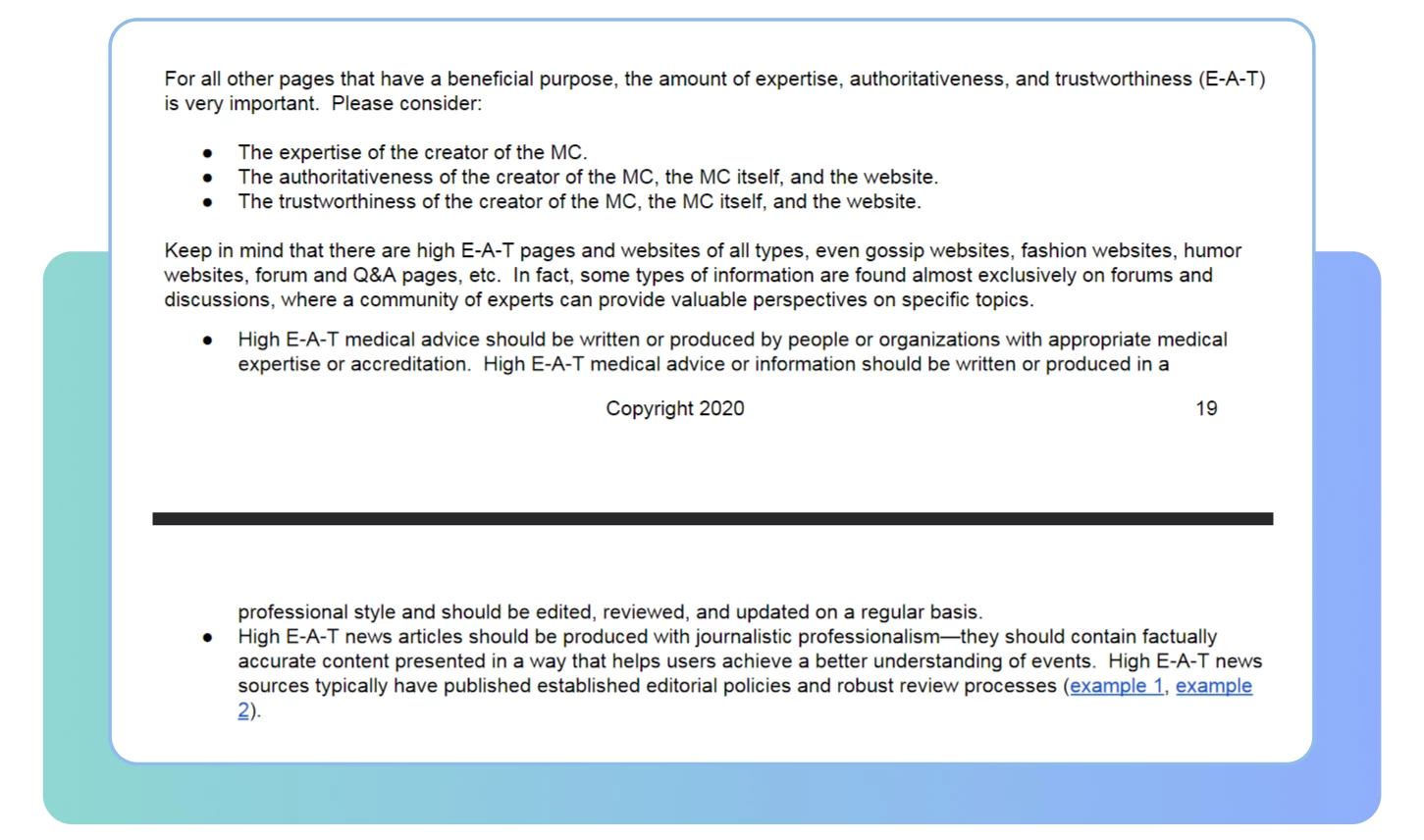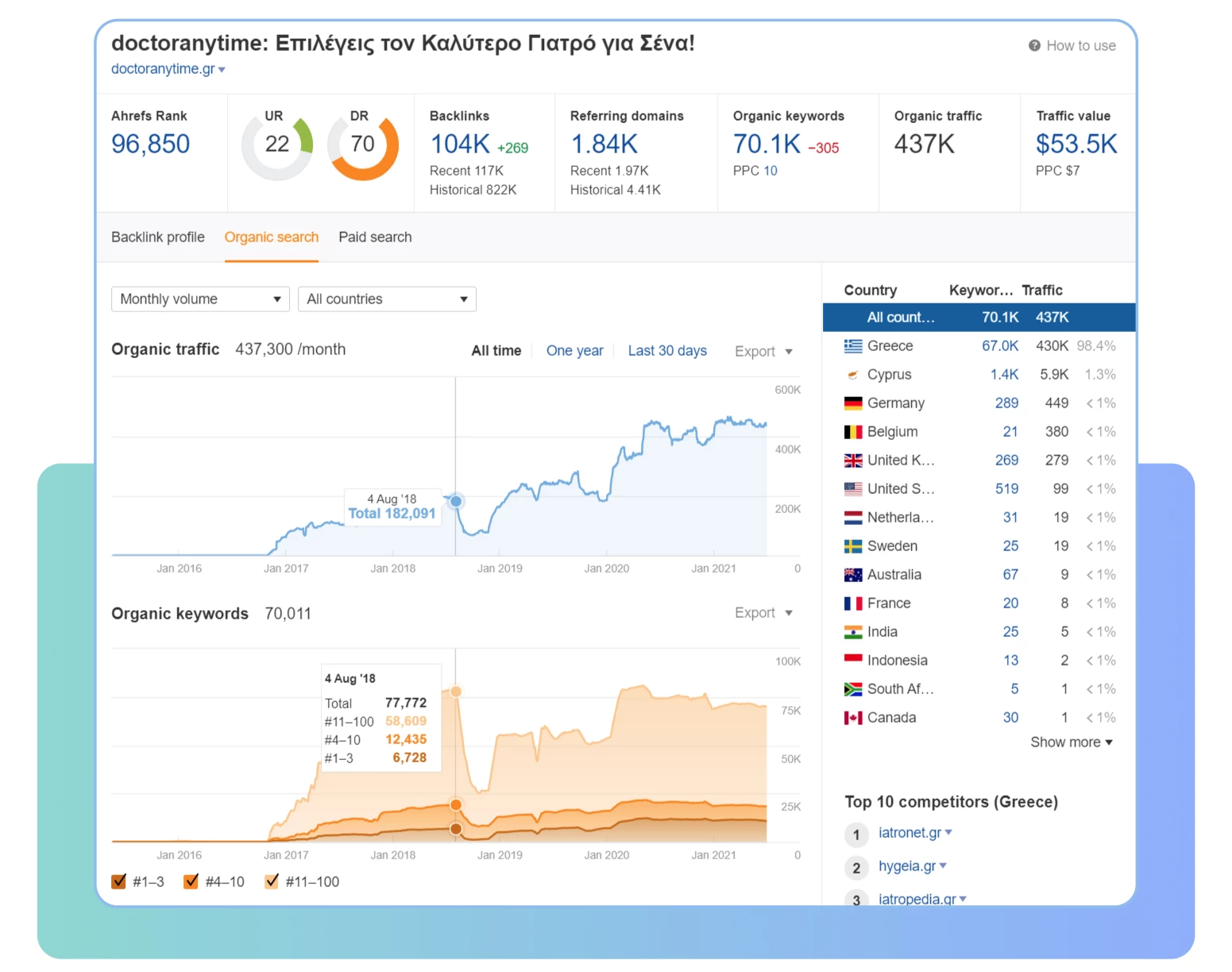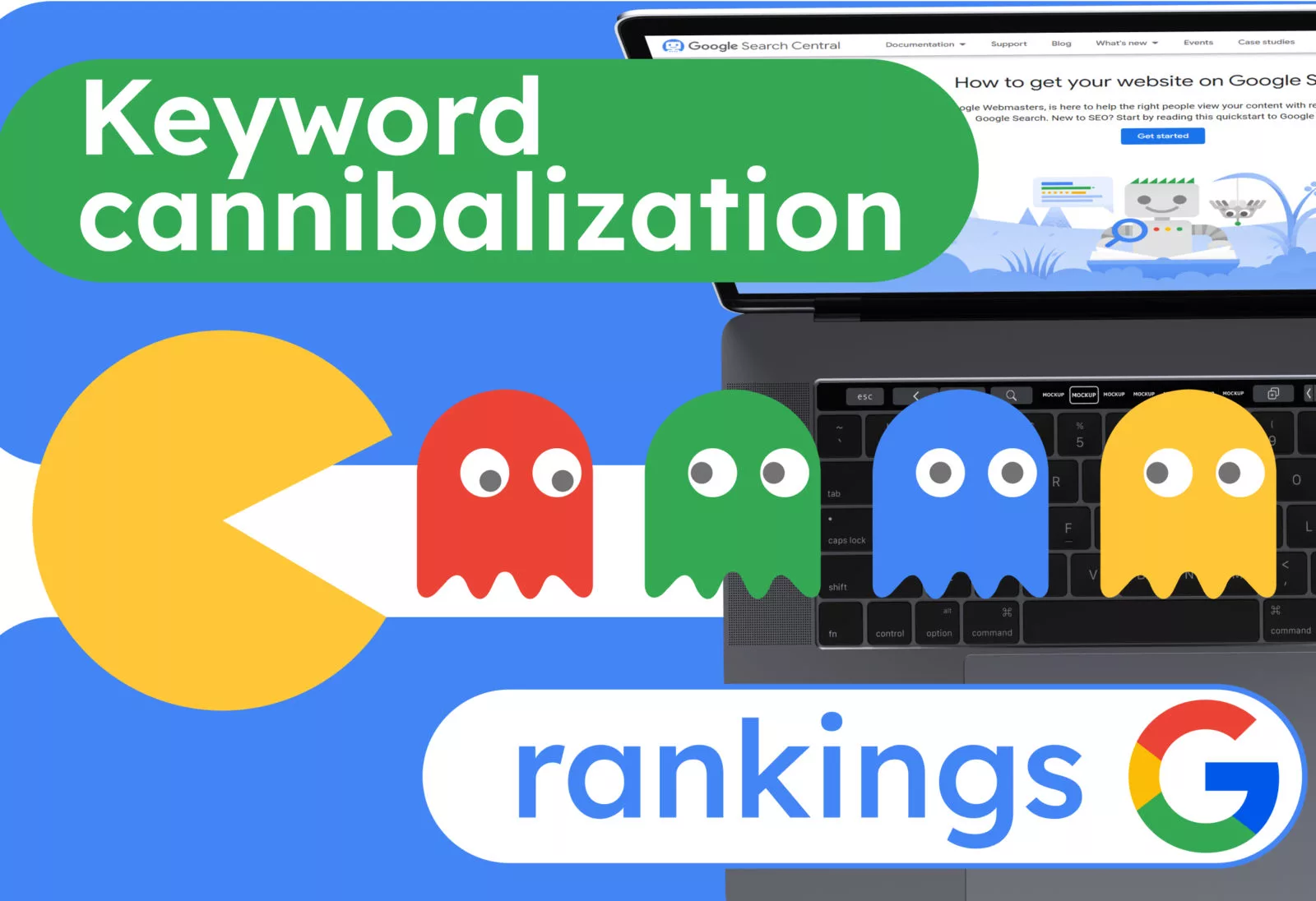How SEO works at Google for medical sites
Organic search traffic for medical websites is of a critical importance as diagnosis and treatment information is something that is most frequently googled by the users. Attracting traffic via PPC (Pay per click) has decreased so far over the years past in the US and Europe what makes the long-term SEO strategies development process inevitable.
You may easily spend $40k on PPC in the US with an average $10-15 cost per click and a 98% failure rate ending up with one customer only. That happens as a result of a high competitiveness. Not long-lasting experience and lack of brand, doctors’ names and medical developments recognition normally provoke a high medical website bounce rate based on medical subject.
An increase in PPC contest, with expenses budget exceeding the revenues, is also caused by a prevailing competition rate in the SEO promotion. Additionally, in August 2018, Google launched the Medic Update.
Subsequently a majority of medical websites was unaccounted for a significant traffic amount. The lost positions fix issue was unclear. Conventional and long accustomed SEO methods were not yet efficient in a quality position growth achievement. An overwhelming websites variety was greatly affected, and in September 2019 Google supplemented the assessors’ instructions. The websites lost traffic issue affected by the Google Medic Update was no longer a drawback.
Since 2018 the E-A-T (expertise, authority, trust) factors have been important for medical sites. Google has separated YMYL (your money or your life) topics from the others. Therefore, since 2018 traditional SEO methods have worked less productively for the medical topics websites with the insufficiently implemented E-A-T factors.
YMYL filters are practically embedded in subject-varied websites. In 2021, Search Space Optimization (SSO) and E-A-T are relevant in all existing sites promotion whereas sustainable strategy and more thorough planned SSO are particularly necessary for medical ones.
E-A-T for healthcare websites
Clinics are accredited and their doctors have internship, advanced degrees, certifications, and academic titles. These professionals frequently lack time to be socially active on media or to post and reply comments. As a result, they have no visible online authority.
Until 2018 sites got to the top search results without regard to E-A-T factors. The flow of customers came from different channels. Expert authority was not elaborated. Medical content was often written by copywriters who were not primarily educated. Authors names were not indicated.
At present to improve the commerce of YMYL sites, one needs a trusted and established information sources links array as Wikipedia or specialized media.
Google algorithms and assessors look for independent sources to verify a medical site competence. The search engine wants to make sure that site’s content was created by experts, and it verifies the information in all the ways possible.
Google distinguishes formal expertise from non-formal one. A person, describing one’s illness experience, is an everyday expert; a qualified doctor is a formal expert. A clinic website should include both expert types content. However, formal expertise and credibility are more convincing.
In order not to fall under the Medic Update filter, you have to create all clinic doctors on a website personally. Each doctor’s page should have copies of their diplomas and certificates, not just people in white coats pictures as you can easily buy them in photo stock.
Google force to prove all the documentation credibility to rise against fake medical sites (satellites and Private Blog Network).
By the way, assessors don’t have time to check small clinic sites: they rank according to an algorithm. This is noticed when a medical site is optimized for E-A-T. Traffic starts to increase and a site visibility improves after the site is properly optimized for E-A-T requirements.
If a clinic’s website has recently had a decrease in positions and organic traffic after the Medic Update filter, the situation was improved by working with the following E-A-T factors:
- Implementing schema.org/MedicalEntity markup for medical websites.
- Using schema.org/reviewedBy markup to indicate article reviewers. It is preferable to involve real experts who are widely known on the Internet and who will agree to have their name listed under your article on the site.
- Using markup to cite authority sources schema.org/citation. Referring only to well-known authoritative sources, such as recommendations from the official WHO website.
-
Creating a page with a form for posting feedback about doctors and the clinic. It is recommended to make a field for comments and questions on the service pages. Comments and questions from users can be written for marketing and SEO purposes: user-generated content is ranked by Google in a habitual way.
- Creating detailed pages about each clinician with biographies, licenses, and certificates. This is a good option if each doctor has a personal website or blog. If there are no social media sites or blogs, they should be created.
- No pop-up ads. It is unwelcomed to advertise products with banners. Google is unwilling for content on medical site pages to be mixed with intrusive ads.
- Improve the “About the Clinic” page: include the address via schema.org/Organization markup, add it to Google maps, indicate the clinic’s opening hours. In many countries, it is a must to include a link to the page with the privacy policy, personal data protection and public offer.
- Working through ALT tags in pictures: in the ALT-text indicate doctors’ names and titles in photos, add a brief description of surgery, treatment, diagnosis under the photo. You need to post all the clinic medical specialists’ photos and select reflecting clinic services.
- Rejecting “toxic” links that lead to the clinic website through Search Console Google. After the analysis you will have to remove some links with accurate anchors on the medical topic, created on mixed topics donor sites. Links from reputable sources on medical topics and with a high TrustRank should not be deleted.
- Improve content quality. Most of the traffic drawdowns because of the Medic Update algorithm were on commercial pages, not informational. Commercial request should now be supported by linking to informational articles from your website clinic. In the informational articles you must leave dofollow-links to relevant medical articles from scientific journals on the topic, news from the media. A situation must be thoroughly analyzed with Google search results in each country. For example, in Russia there is more commercial content for some requests, and in the U.S. in the top 10 equally or more informational articles. Pay attention: if the Google output for a desired cluster of search queries 90% of informational articles and sites, it means that your clinic site should place a lot of informational articles revealing this particular topic.
- Elaboration of pages with services. Indication of methods of diagnosis, treatment, description of indications, contraindications, mentioning the need to consult with a specialist. Google algorithms “know” which words on the service page indicate that it will be provided by qualified doctors.
- Use the Last Modified and If-Modified-Since headers to reflect when the publication was created and modified. This way, you’ll show Google’s algorithms that the content is relevant.
- Fix technical problems with the site. It is worth to improve the loading speed (it affects the ranking a bit), check the HTTPS protocol and redirects, properly set up indexing, adapt the design, make sure the site works well on smartphones.
A proper example of E-A-T implementation is dietdoctor.com: its SEO promotion was launched shortly before Medic Update in 2018. The site’s position sagged for a while, but then recovered and even improved.
The dietdoctor.com site and its doctors’ card pages are a prime example of how E-A-T requirements are taken into account at their best. In the reference profile, we notice a significant portion of links from articles, dozens of links from serious sources related to education, government and Wikipedia links in various languages.
Certainly, if behavioral factors remain low with increasing traffic, the site will lose visibility and position again. It is necessary to work comprehensively on an optimization of all pages of the clinic on-page, taking into account a user search intention: you need to improve the design, page structure and content so that the visitor will read to the end of the page and move on to the linking.
Link building for medical sites
In countries with a developed healthcare system, advertising for clinics is common in all available platforms. However, out of the high competition, contextual advertising for some medical services exceeds profits. But the Google search engine is a monopolist in many countries, so linkbuilder budgets are greatly extended. But if you regularly work with medium-frequency traffic using white-collar methods, positions will gradually increase.
Link building strategy for medical sites for Google should take into account that the donors for links will be mainly reputable medical sites. Undoubtedly, you can take a small donors part in the mixed sites form, such as authoritative media. Clearly, if the Washington post tells a story about you, that’s a good thing. Western SEO consultant Marie Haynes asked Google search quality analyst Gary Ealsh about the impact of links and E-A-T. He replied that Google understands which links to consider. That’s why you should focus on link quality primarily.
The Washington post example is not a coincidence. The largest US capital newspaper website is perceived by search engines as a formally authoritative source. The articles authors or the editorial board will be held liable in court for inaccurate information.
Thus, links from sites that have real authority as a source of trustworthy information, and not just high Ahrefs Domain Rating (DR) or Moz Domain Authority (AR) scores, gain special weight. Classic SEO will work too, but you need to match the top 10 sites credibility for high competition and growth in search traffic.
For starters, you can do doctors’ cards with a list of their publications on Google Academy. It’s also important for a medical clinic site to get links from Wikipedia. This is not as difficult as it sounds:
- Make a Wikipedia page about a medical clinic or organization.
- Look for unfinished Wikipedia articles about rare diseases, medical equipment and terms.
- Find an expert doctor to write a full article on the topic for your site.
- Supplement the Wikipedia article, make a citation and link it to the author’s article as a source.
- If the article is signed by a well-known expert in medicine, the link to the site will not be removed from Wikipedia.
Traditional SEO works even in a competitive topic for real estate sites. But sometimes it will take millions of links for billions of dollars. For SSO it is practiced to buy promoted sites for affiliates. There are multi-million-dollar deals on competitive topics. On these affiliates put end-to-end links from thousands of pages for SEO effect. But due to the separate attention to E-A-T factors, even hundreds of thousands of such links do not always help a medical site get to the top. Sites with proven competence are more likely to get there.
Using fleabites.net as an example, let’s see how much it was affected by the Medic Update filter in 2018.
We see a clear slump in traffic and positions after August 2018. Even further growth in link mass has not helped restore the traffic decrease volume. In 2018, DR went up, down, then recovered and stabilized, but the site’s positions did not improve.
A brief analysis of fleabites.net shows that it has not been optimized for E-A-T requirements. The link profile has backlinks from Wikipedia after 2018, but the other donor sites are not reputable medical sources.
So, for the past couple of years, link building for medical sites has meant finding subject sites not just with a good TrustRank, but with verified accreditation of content authors. An example is a medical professor’s blog. In this case, the such links price may be lower than commercial sites links one.
If there are doctors, medical experts on the site, you can find conferences to send their papers to. In choosing a conference, make sure that the host (medical organization, university, medical school) posts a list of participants with links to their web pages and past publications. These will be links to your website, where you will create your expert detailed profile.
Commercial sites sometimes spend hundreds of thousands of dollars to get a link from a reputable donor. You can get a link by participating in online conferences, including free ones. Alternatively, you can post articles in medical journals with a link to the author’s page on the clinic’s Web site.
Crowd links and medical websites
Without a crowdsource link, it is challenging to promote a medical site: a new site needs reviews, comments on forums. On the other hand, even if a clinic has been running for a long time, it is unlikely to get quick feedback from former clients in sufficient quantity and quality. This means that the initial feedback will have to be ordered as crowdsourcing: it must be of an exceptionally high quality. For example, most crowdfunding projects for the U.S. try to get reviews on the Better Business Bureau (BBB). But reviews or comments with a link to your site on such mixed-topic forums are almost useless for SEO, although they attract traffic and increase brand awareness.
To get a crowdfunding effect, you should look for specialized medical forums. A good example is a medical university forum. Medical sites that are not abandoned and have content with the author’s name on it will work as well.
Outreach for medical sites
Buying links with high TrustRank on exchanges or building PBN for a medical website will not reflect as well on the growth of positions, as, for example, in the case of SEO for a website on the topic of cryptocurrencies.
For a medical site, the best link-building strategy is outreach. This strategy is as follows:
- Look for articles on the most popular medical topics on sites with a good TrustRank. Check the content for competence։ see if the authors of the content are listed on the site. who they are, what their titles, academic degrees, reputation are.
- After confirming the competence of the content author, we check the site. The donor must have quality content and a good reputation. It should be referenced from other reputable sites of the same subject.
- When choosing donors for links, you should avoid sites where publications on medical topics are made in a non-professional, irregular and non-business style.
- Contact the administration of the site, negotiate about placing a link or article with a link to your site.
- To create an article under the outreach attract experts or doctors. For outreach talks to be successful, the content on your site must also be at a high level.
Examine page-by-page sites from the top search results for the right cluster of queries and see what authoritative sources they link to. These source sites will be useful as possible link donors.
PBN for medical sites
The best Private Blog Network (PBN) for a medical website are business card sites for each physician in the clinic, which are separately promoted with subject links. A small part of the links can be the usual PBN network of satellites on drop-domains. But it’s not worth the risk if you don’t have an array of links from reputable sites.
Engage reputable medical experts who will agree to write an article for your site. Most doctors don’t have a personal blog or time for social media. Find contacts of specialists in the region and make a mailing with an offer to develop a personal business card site with a modern design. For each doctor’s name, you need to buy a new domain. Design websites according to SEO and E-A-T canons.
- Publish content for the blog from medical articles (any professional doctor has publications).
- Be sure to create a bio page with copies of diplomas, photos, social media links.
- Make external thematic links for indexing.
The purpose of such a business card site is to link from its home page to your site. You can openly tell a doctor that you are creating a PBN for your site, but sign a non-disclosure agreement. For this, you will pay for the domain, hosting, creation, and maintenance of his site. When creating a PBN on drop-domains, you would also pay for domain, hosting, and site creation (the cost of a site for a PBN is ~ $150). By creating a satellite site for a real person with proven medical qualifications, you will get a guaranteed increase in organic traffic in the long run.
Your clinic doctor staff number does not actually matter. Identify them as consultant doctors, articles co-authors. At this point, they will link from their sites to your site, noting that they work with your clinic.
SEO-SSO strategies and perspectives
Among the most popular medical topics on Google:
- Aggregator sites.
- Informational sites (Wikipedia, blogs, quality medical directories)
- Medical centers and clinics websites
Google has almost half of its top results in medical centers and clinics. But aggregators also get a significant amount of traffic, so you have to strive to get to their pages. And Yandex has Yandex.Zen, where you can run a medical blog on behalf of the medical clinic brand with a link to the site being promoted.
Paragraph 3.2 of the guidelines for assessors states that high-level E-A-T medical content may only be created by organizations or people with appropriate medical competence or accreditation.
At the same time, Google suggests that assessors look for evidence of competence in every possible way.
Considering the need for comprehensive SSO, it would be unrealistic to calculate the budget for SEO promotion of a medical website, as in conventional SEO. Let’s say we look at backlinks of competitors in the region. But if these sites started SEO promotion before 2018, they may have arrays of old links in their link profile that won’t work in 2021. Older medical sites, even having lost some traffic after the Medic Update, could promptly fix the site according to the E-A-T instructions, get their traffic back and even increase it.
An example of such a site is doctoranytime.gr. It started promoting a couple of years before August 2018, lost positions in early August, but quickly restored them after working through the E-A-T factors.
The link profile of doctoranytime.gr doctoranytime.gr includes few links from educational donors and many links from articles.
But it is not a good idea to plan your SEO promotion budget just by calculating a backlinks number and price of old medical sites. A study the cost of placing links with high Ahrefs DR is more beneficial, but with real proven authority in the medical field this year. To calculate a link budget more accurately, it is advisable to analyze competitors’ sites that started active SEO promotion after 2018.
Since links in the professional field for medical websites must now be built up through the ongoing scientific, research and treatment activities of doctors, a promotion cost will directly depend on your medical company team.
- When the clinic runs for several years, there is a team of experienced doctors and other medical professionals, a corporate website clinic promotion will be cheaper and faster.
- If there is a new clinic or a company with few people with proven expertise in medicine, then the promotion will be more expensive and longer. You’ll have to bring in additional outside medical experts.
Use E-A-T as an advantage, with which you will beat the competitors who missed these factors. Nowadays a proven classic academic record is of a greater importance. This leads to the fact that in medical topics, expensive commercial links number will not always be a decisive factor. A licensed medical center site with a team of doctors with proven qualifications may end up higher in Google search results than an old medical site that has had thousands of expensive SEO links bought for years.
High prices of contextual advertising have forced a long-term fight for every client. In June 2021, Google announced that it would warn in search “about unreliable information source.” Such innovations indicate that the search engine will begin to pay an overwhelming attention to the real authority topic sites.
